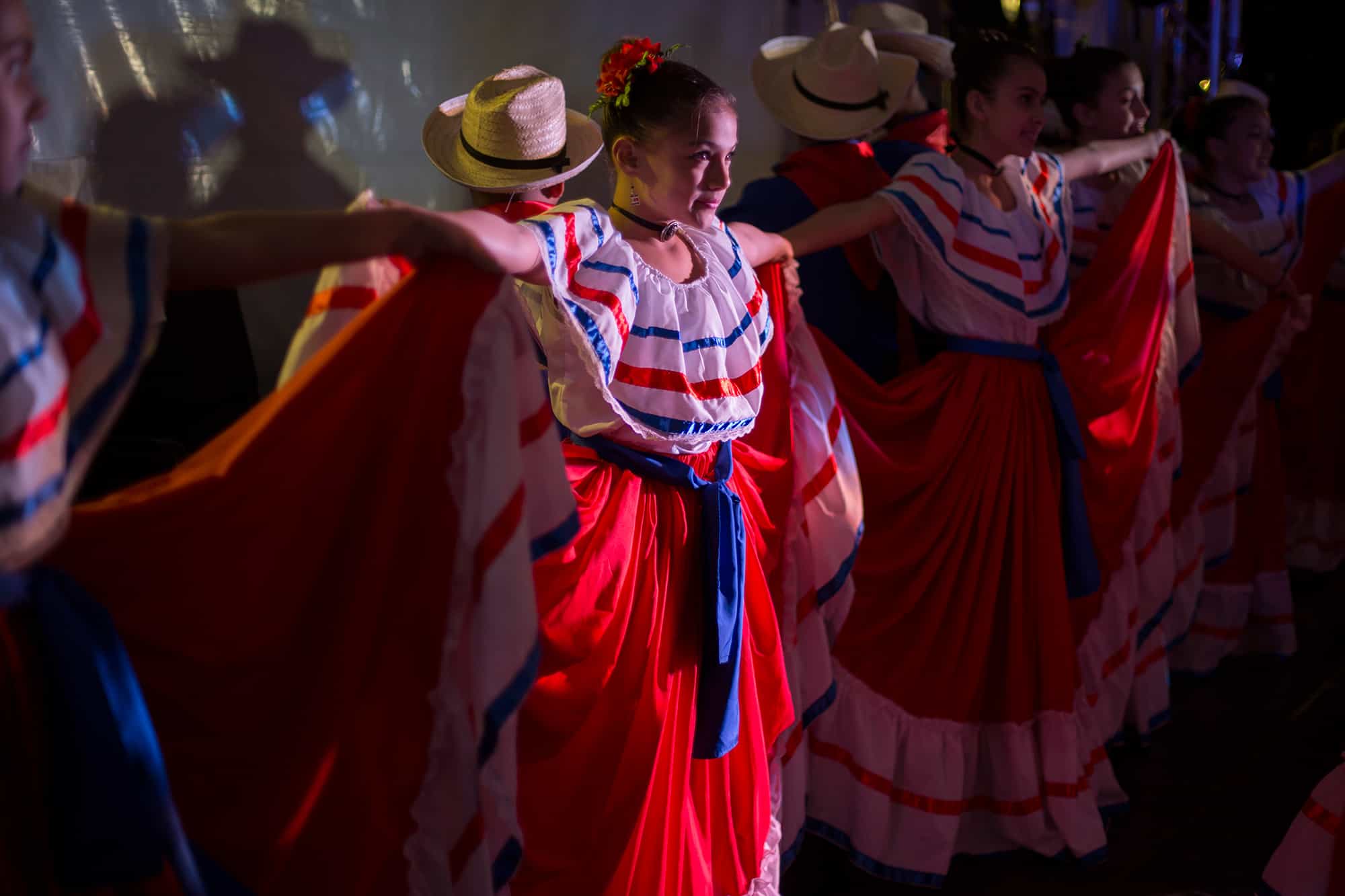With sparkling lights and melodies from marching bands, Costa Rica celebrated this week the 190th anniversary of its independence. A national holiday, Sept. 15 is Costa Rica’s most patriotic day of the year. On Sept. 15, 1821, Costa Rica and other Central American countries, except Belize, officially declared independence. After a period of insurgence in most countries between 1811 and 1814, leaders participating in an open congress in Guatemala drafted and signed Central America’s declaration of independence.
Messengers traveled throughout Central America by night to spread the news, carrying small lanterns to light their way. The message of independence arrived in Costa Rica on Oct. 13. In 1821, a torch was carried by land from Guatemala to Costa Rica as a symbol of liberation.
This year, Costa Rican celebrations kicked off Wednesday evening with the countrywide singing of Costa Rica’s National Anthem at 6 p.m. Later, children in every town and city showed off their handmade faroles (lanterns) to symbolize the messengers’ 19th-century journey.
At the Peñas Blancas border crossing with Nicaragua, Education Minister Leonardo Garnier on Monday received a symbolic torch from his Nicaraguan counterpart, Miriam Soledad Raúdez. Garnier passed the torch to Guanacaste high school student Jazmín García, who was accompanied by students representing Costa Rica’s seven provinces.
Costa Rican students carried the “Liberty Flame” a total of 350 kilometers, on routes throughout the country, including many remote areas. On Wednesday, President Laura Chinchilla received the torch in Cartago, the country’s original capital, east of San José.
The spirit of patriotism that marks Independence Day festivities extends all month throughout the country. A week ago, workers began hanging Costa Rican flags and coats of arms on public buildings in the nation’s capital, and many families decorated their homes for the occasion.
Each local municipality hosted its own celebrations, with colorful parades and marching bands. Students practiced all year for the events.
In Guadalupe Park, northeast of San José, Costa Ricans of all ages began celebrating Wednesday with faroles of all shapes and colors. An orchestra took center stage and began to squawk warm-up notes prior to opening the ceremony with the Costa Rican national anthem. As the first notes were played, several kids climbed atop parents’ shoulders and dangled their faroles high above the crowd.
Though many kids were overcome with shyness, none hesitated to show off their lanterns. “I like my lantern because it has a penguin, and penguins are like ice cream,” said Stacey Umaña, 5. “There are a lot of people here, and I am happy because I get to celebrate with my farol.”
Some faroles were bought, but others were works of art made with paint-splattered Popsicle sticks, coffee beans and stickers. A trio of cousins flaunted lanterns that doubled as coffee-farmer puppets complete with tiny yute (jute) sacks of coffee beans. Wildlife was also incorporated, like one farol that featured a toucan, scarlet macaw and other well-known birds of Costa Rica.
“I like my lantern because it has a lot of birds; and Independence Day is special because it is a day of peace for everyone,” said Laura Chaves, 6.
On Thursday morning following a parade in downtown San José, dignitaries, politicians and religious leaders gathered in the National Park. Keynote speakers included San José Mayor Johnny Araya, Education Minister Leonardo Garnier and President Chinchilla.
“Students that are gathered today in every corner of our nation demand that we provide solutions that connect the glory of our past with a future that they deserve,” Chinchilla said. “Glorious memories of days gone by are not enough to quell the voices of our young generations who demand from us better education, more security and well-being, and above all, the right to dream again.”

